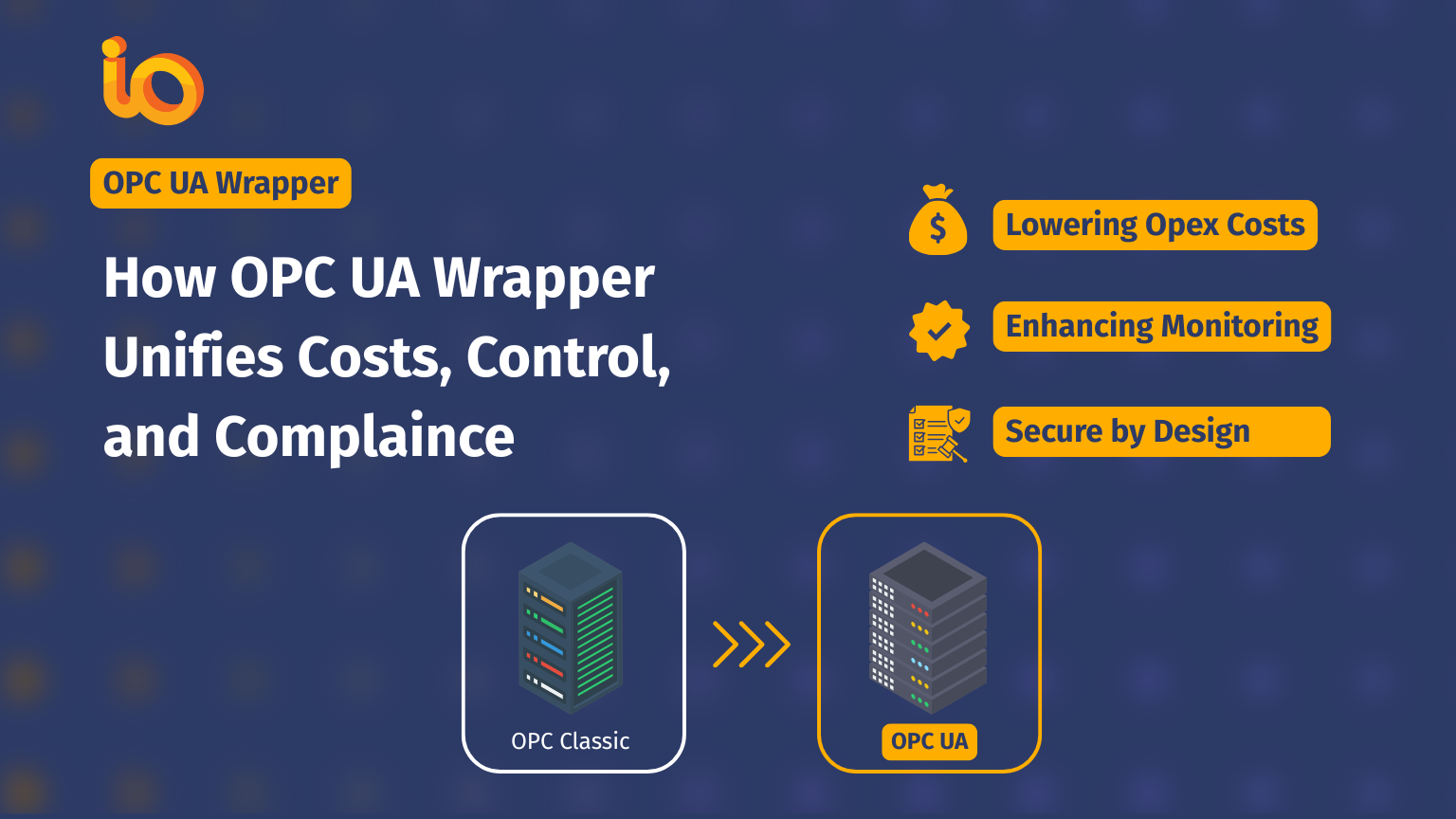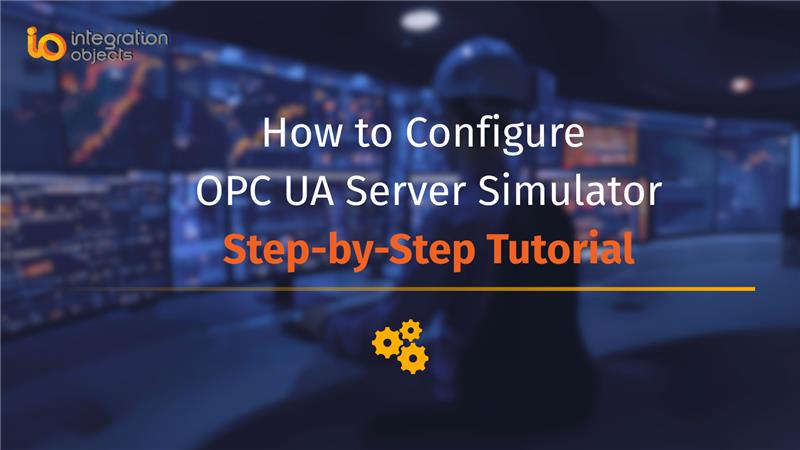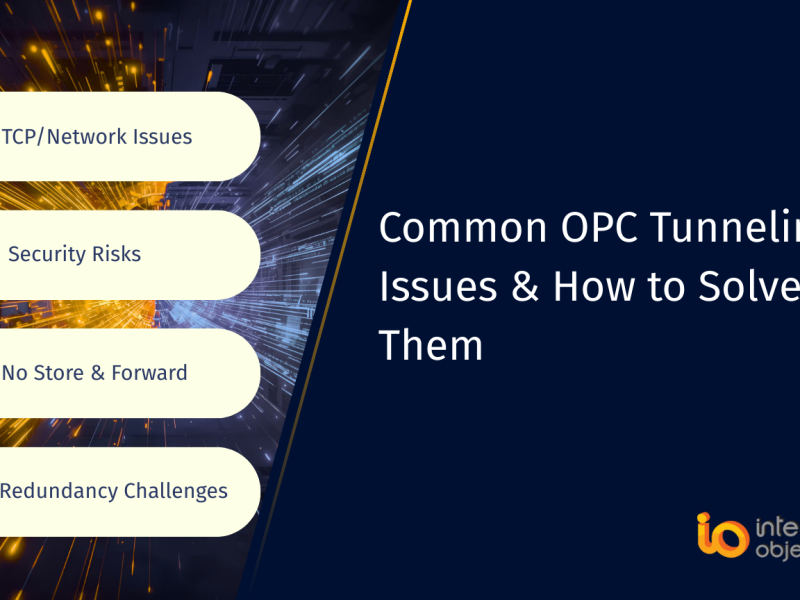Organizations are under more pressure in today’s industrial environment to lower operational costs, strengthen control over complex processes, and meet ever-evolving cyber security requirements.
Bridging these objectives often feels like a balancing act. Let’s explore how you can get it together when migrating from OPC DA to OPC UA, with minimum cost.
While OPC Unified Architecture is recognized as a powerful, modern industrial communication standard, many industrial environments still rely on legacy OPC Classic systems (DA, HDA, AE). Full system replacement is often cost-prohibitive or operationally disruptive. That’s where the OPC UA Wrapper steps in, extending OPC UA’s benefits to older systems without requiring complete overhaul.
And if you’re wondering about OPC UA vs DA, OPC UA vs OPC DA, or OPC DA vs UA, the OPC UA Wrapper provides the missing link that lets both coexist effectively.
The OPC UA Wrapper helps unify the three critical pillars of operational success: Cost, Control, and Cyber security.
Download OPC UA Wrapper
-
Lowering Operational Costs with Interoperability
Legacy systems often work well but come with hidden costs such as vendor lock-in, custom connectors, and high maintenance burdens. The OPC UA Wrapper mitigates these costs by acting as a bridge between OPC Classic servers and modern OPC UA clients. This is especially helpful when dealing with questions around OPC DA vs OPC UA, where organizations seek to modernize without scrapping valuable legacy systems.
Here’s how the OPC UA Wrapper drives cost efficiency:- Leverage existing infrastructure: Avoid costly rip-and-replace strategies by wrapping OPC Classic servers and exposing their data through OPC UA.
- Simplify integration: Reduce engineering hours by eliminating the need to build custom connectors or maintain outdated middleware.
- Unify communication: Use OPC UA as the standard protocol across your enterprise, even if some systems still speak OPC DA behind the scenes and in an isolated network segment.
By preserving your investments in legacy systems and enabling modern connectivity, the OPC UA Wrapper delivers immediate ROI and faster time-to-value.
-
Meeting Compliance with Built-in Security and Traceability
Regulatory compliance has moved from an annual checklist to a continuous obligation. Unfortunately, OPC Classic lacks the modern security and audit capabilities needed to meet today’s standards. The OPC UA Wrapper closes this gap by projecting legacy systems into a secure, auditable OPC UA environment.
This enables:- End-to-end security: Enable encrypted communication and authenticated access even when the data originates from unsecured OPC Classic systems.
- Detailed auditing: Take advantage of OPC UA’s logging and traceability features to track access, changes, and communication events.
- DMZ and firewall support: Enable communication across segmented networks .
By wrapping OPC Classic servers in OPC UA, you don’t just modernize your infrastructure, you future-proof your defense in depth strategy.
A Unified Approach to Industrial Modernization
The OPC UA Wrapper isn’t just a bridge, it’s a strategic enabler. It allows you to move toward a modern, standardized, and secure architecture at your own pace, without sacrificing what already works.
With the OPC UA Wrapper, you get:
- Lower integration and maintenance costs
- Greater monitoring and visibility across systems
- Stronger compliance and security posture
Cost. Control. Cyber security. All unified, without compromise.



